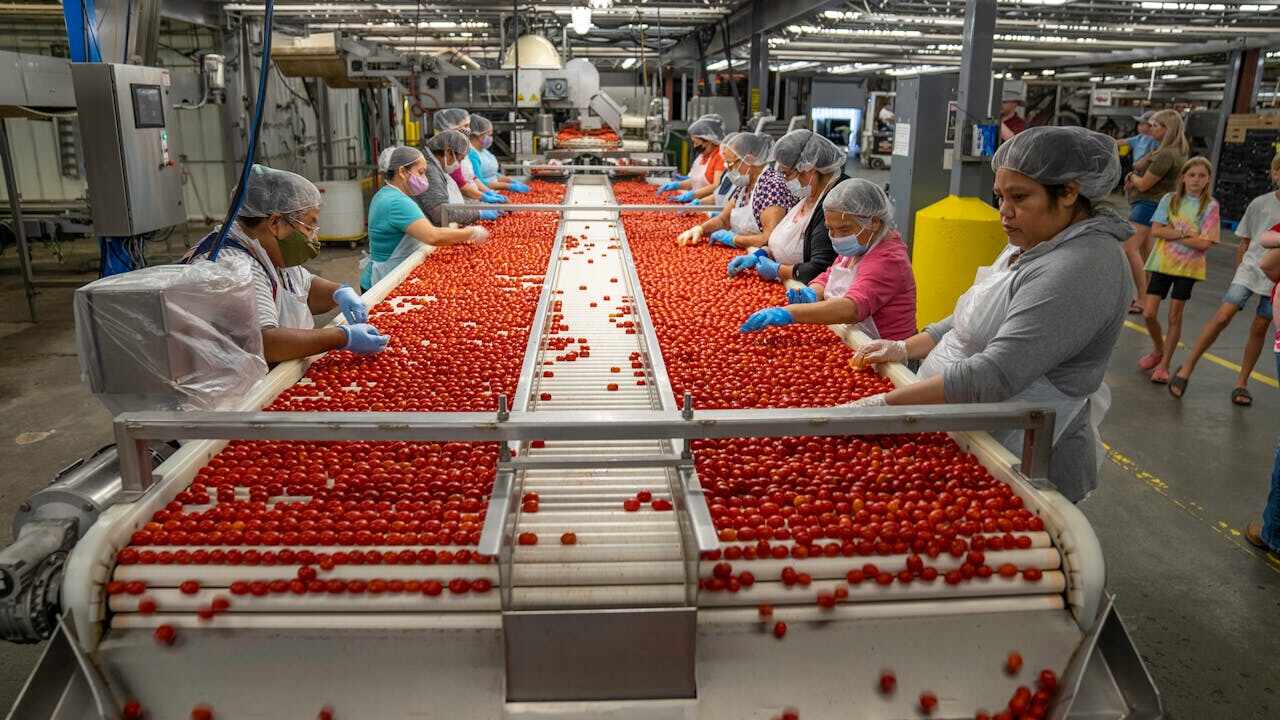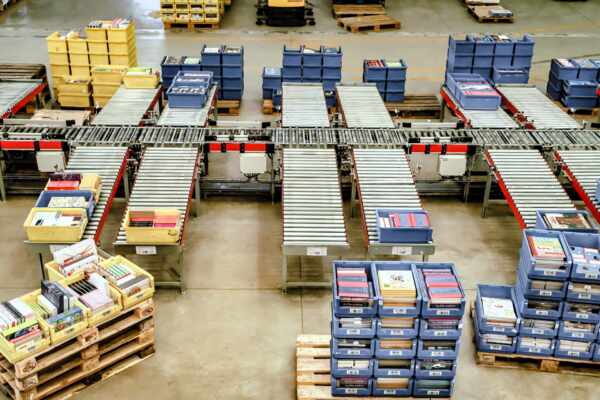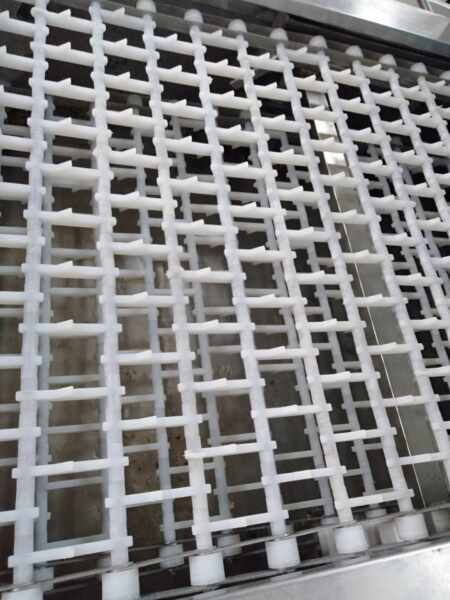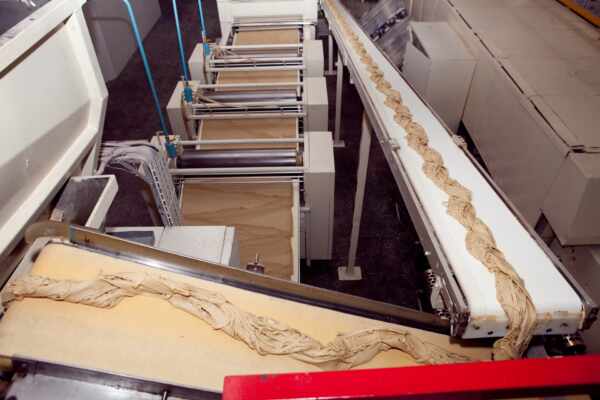In any manufacturing operation, maintaining a well-functioning conveyor belt system is critical for ensuring optimal efficiency, productivity, and reliability. Conveyor belts are subject to wear and tear over time, and eventually, you may need to address issues that could potentially hinder their performance. When faced with a malfunctioning or worn-out conveyor belt, it can be challenging to determine whether repair or replacement is the best course of action. In this blog post, we will delve into the factors to consider when deciding to repair or replace your conveyor belts, and explore the benefits of adopting a proactive maintenance approach to optimise your manufacturing operations.
Whether caused by regular wear, damage, or improper maintenance, a conveyor belt’s performance may decline over time, leading to reduced efficiency, increased downtime, or even safety hazards. When evaluating your options for addressing these issues, it’s essential to carefully consider factors such as the age and condition of your conveyor belt, the severity of the problem, and the potential impact on your manufacturing processes.
Repairing a conveyor belt can be a cost-effective and time-saving solution in some cases, particularly if the damage is minor, and the repair can be carried out without significant disruption to your operations. However, a repair may not always be sufficient or sustainable in the long term, particularly if the conveyor belt has reached the end of its lifespan or if the damage is extensive. In these circumstances, replacing the belt may be necessary to ensure the continued efficiency, reliability, and safety of your manufacturing operations.
Regardless of your decision to repair or replace your conveyor belt, it’s crucial to recognise the benefits of a proactive and preventative maintenance approach. By regularly inspecting, servicing and maintaining your conveyor belts, you can reduce the risk of unforeseen breakdowns or costly downtime, ensuring the longevity and performance of your conveyor system.
Factors to Consider When Deciding to Repair or Replace
Before deciding whether to repair or replace your conveyor belt, it’s important to carefully assess various factors that might influence your decision. Some critical elements to consider include:
- Conveyor Belt Age and Condition: If your conveyor belt is relatively new or otherwise in good condition, a repair might be a more cost-effective solution than a replacement.
- Nature and Severity of the Damage: Minor wear or damage can often be repaired, whereas extensive damage or wear may necessitate a replacement.
- Cost Comparisons: Analyse the costs associated with both repair and replacement, considering factors like labour, downtime, and the price of a new belt.
- Effect on Productivity: Evaluate the potential impact of your decision on the efficiency, reliability, and overall performance of your manufacturing operations.
Conveyor Belt Repair: Pros and Cons
Repairing a conveyor belt can be a viable option in specific circumstances, offering certain advantages and drawbacks. Some of the pros and cons of conveyor belt repairs include:
Pros:
- Time and Cost Savings: Repairing a conveyor belt can be quicker and more cost-effective than replacing it, particularly for minor or isolated issues.
- Less Disruption to Operations: A well-executed repair may cause less downtime and disturbance to your manufacturing processes than a complete belt replacement.
Cons:
- Short-Term Solution: Depending on the damage and the belt’s condition, a repair might not be sustainable over the long term, and further repairs or replacement may eventually become necessary.
- Limited Applicability: Some types of damage, particularly extensive or severe wear, are not suitable for repair and may require a replacement.
Conveyor Belt Replacement: Pros and Cons
In cases where repair is not a viable or sustainable option, conveyor belt replacement might be the best course of action. As with repairs, there are pros and cons to consider when deciding to replace your conveyor belt:
Pros:
- Long-Term Solution: A new conveyor belt can provide a long-lasting solution, potentially offering improved efficiency and longer service life than a repaired belt.
- Opportunity for Upgrades: Replacing a conveyor belt can be an opportunity to upgrade to a higher-quality, more robust belt that better suits your manufacturing needs.
Cons:
- Higher Initial Cost: The upfront cost of replacing a conveyor belt can be higher than that of a repair, although this could be offset by the belt’s improved performance and longevity.
- Greater Disruption to Operations: The replacement process may result in more significant downtime and disruption to your manufacturing processes than a simple repair.
Proactive Maintenance for Conveyor Belt Performance and Longevity
Regardless of whether you opt for conveyor belt repair or replacement, adopting a proactive and preventative maintenance approach is crucial for ensuring the longevity, efficiency, and reliability of your conveyor system. Some best practices for proactive conveyor belt maintenance include:
- Regular Inspections: Schedule routine inspections of your conveyor belts to identify and address signs of wear, damage, or other potential issues before they escalate.
- Proper Cleaning: Keep your conveyor belts clean and free from debris, which can cause wear and friction, ultimately leading to reduced performance or damage.
- Adequate Lubrication: Ensure that key components, such as bearings and rollers, are adequately lubricated to minimise friction and prevent premature wear.
- Expert Support: Work with experienced professionals to service, maintain, and repair your conveyor belts, ensuring adherence to industry standards and manufacturer recommendations.
Conclusion
Deciding whether to repair or replace your conveyor belt is a complex decision that requires careful consideration of factors such as the belt’s age and condition, the nature and severity of the damage, and the potential impact on your manufacturing operations. By also adopting a proactive maintenance approach, you can prolong the life of your conveyor belts, minimise downtime, and optimise the efficiency and reliability of your manufacturing processes.
Our team of conveyor belt experts can help you make informed decisions and provide tailored advice on repair, replacement, and proactive maintenance for your conveyor belts. With years of industry experience and a comprehensive range of conveyor belt services, we can support you in optimising your manufacturing processes and ensuring the peak performance of your conveyor system. Get in touch with Change Parts Pty Ltd today to learn more about how we can help you make informed decisions for your manufacturing operations.




